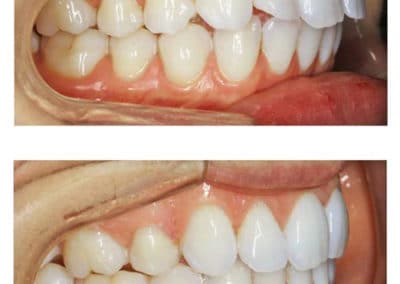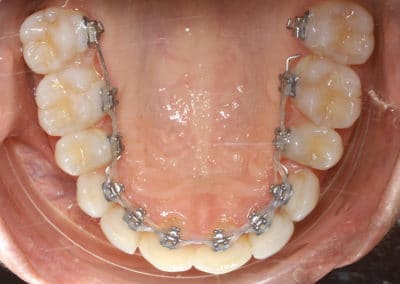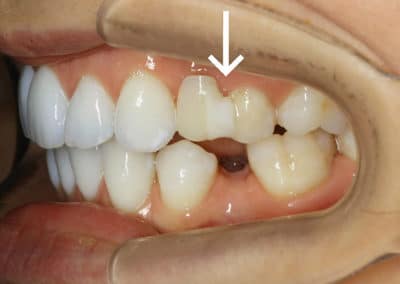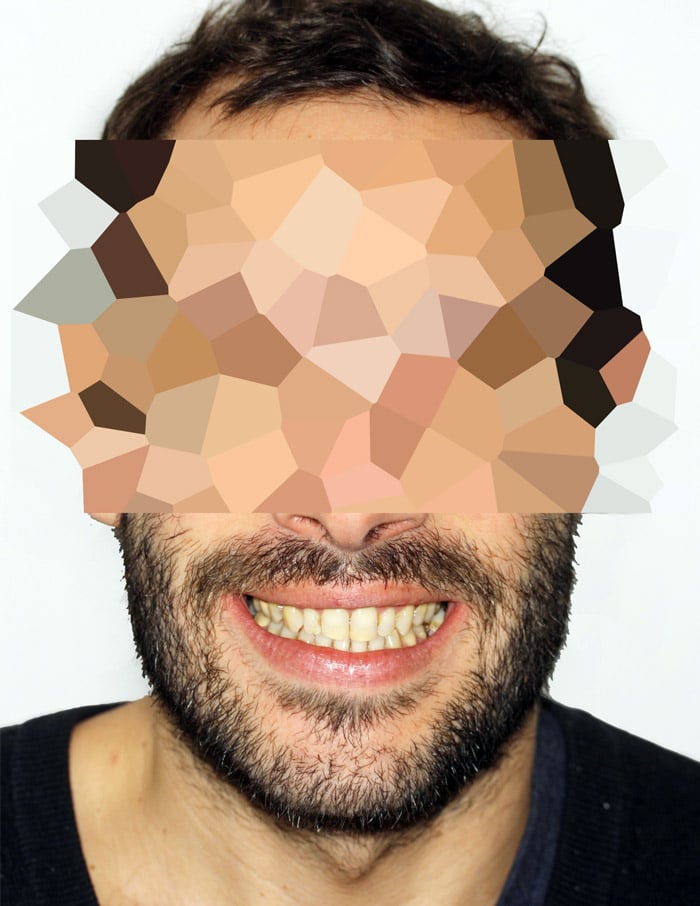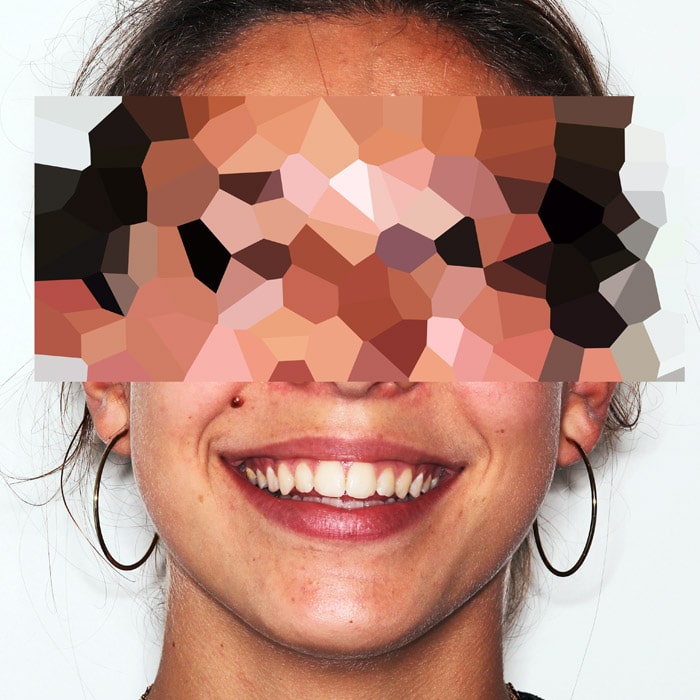Lingual Orthodontics by Dr. Issembert
What is lingual orthodontics?
Lingual orthodontics refers to an orthodontic technique with brackets positioned on the inner surface of the teeth on the tongue side. This technique has many advantages over traditional external braces:
The devices are completely invisible. Only you will know that you have braces. This allows patients, especially adults, to continue their daily activities without any constraints, embarrassment or derogatory remarks. This is essential in both private and professional life.
In the case of extractions during treatment, the aesthetics of your smile are preserved. Transitional veneers are placed, as shown in the photo below, and the treatment is made completely invisible. There is therefore no aesthetic discomfort during treatment.
3.
Pre-alignment of the teeth occurs more quickly than with other types of treatment, in 4 to 6 months. This means that you benefit directly from the initial alignment. The treatment time beyond this period will allow you to perfect the alignment, close residual spaces and coordinate the two arches and improve their shape.
But lingual orthodontics is not just for adults, and we also treat many children and teenagers who want invisible orthodontic treatment.
We also offer our patients a “mixed lingual” orthodontic treatment, which combines lingual braces on top with external ceramic braces on the bottom. This treatment is more affordable and is also very discreet, as the ceramic braces and white wire are largely hidden by the lower lip.
The Linguale by
Issembert technique
All Linguale by Issembert orthodontic treatments include a double retainer at the end of the treatment, which is included in the price of the treatment. Double retention, if respected, is the guarantee of a stable treatment over time.

AESTHETIC REQUIREMENT
- Prediction of stripping to the nearest tenth of a millimeter to correct black triangles in particular
- Rings inside totally invisible when smiling.

STABILITY
- Coordination of the arches to avoid recurrences
- Predicting the restraint: an occlusion that allows for a stable restraint wire over time, to prevent recurrence
- A global package, which systematically includes double restraint (wire + 2 safety gutters)

EFFECTIVENESS
- Dr. Issembert has his own technician whom he has trained himself, and he finalizes the movements of his technician tooth by tooth. Each case is worked on by the doctor.
- 17 years of expertise in lingual orthodontics, with several hundred patients treated each year by Dr. Issembert himself.

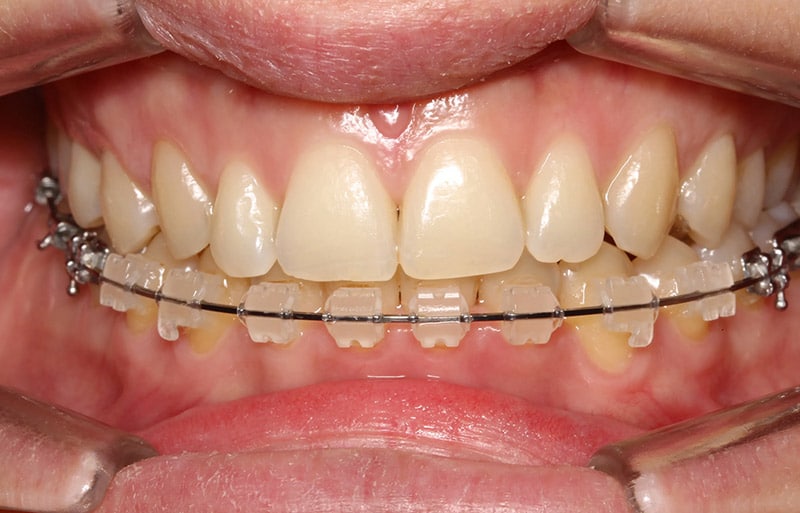
The Mixed Lingual
It is a combination of lingual braces on the top and external ceramic braces on the bottom. Since the lower bands are hidden by the lower lip most of the time, this alternative is very often chosen by patients. This treatment is therefore a very interesting option and just as effective in terms of results as the total lingual.
The pictures opposite illustrate the point: the patient has lingual bands that remain covered by the lower lip when she smiles.
Cases that can be treated in Lingual by Issembert
All cases can be treated with Lingual by Issembert: cases without surgery, without surgery, with extraction, without extraction… Thus, it is possible to treat the following cases with Lingual or Lingual Mixed by Issembert:

ARTICULATED CROSS
A crossbite is a misalignment of the upper and lower jaws. One or more teeth of the lower arch may be outside the upper arch.
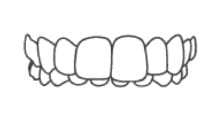
RECOVERY
The upper teeth overlap the lower teeth too much, which causes wear on the tips of the lower incisors and prevents the placement of a retention wire on top. The cases presented here combine moderate to severe overlap with these overlaps.

FORWARD TEETH
In the case of forward teeth, stripping or extractions are used to generate space to move back. The cases presented here are cases of bi-proalveolarity, i.e. the two arches go together in the front.
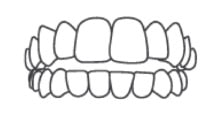
BÉANCE
The gap is characterized by the absence of contact between the upper and lower teeth. We speak of a posterior gap when it is located in front, and anterior when it is in the back that the contact is absent.
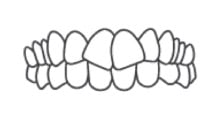
OVERLAPS
Due to a lack of space on the arch, teeth overlap. Stripping is often used to create space in addition to the orthodontic forces delivered by conventional or invisible appliances. In more severe cases, extractions may be considered.
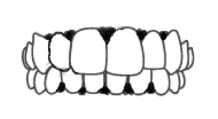
BLACK TRIANGLES
Some patients, for different reasons (gingival recession, loss of papilla) present black triangles between certain teeth. An orthodontic treatment associated with stripping allows the contact points between the teeth to be raised and the incidence of black triangles to be reduced.
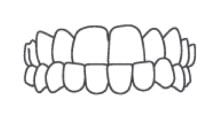
PROGNACY
When the lower teeth are more forward than the upper teeth. It is possible to correct this type of case by combining surgery with Invisalign treatment.
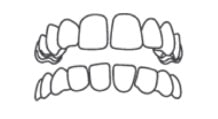
SPACE
These are spaces between the teeth that are corrected with orthodontic treatment. Depending on the nature of the spaces to be closed, the treatment plan is different.
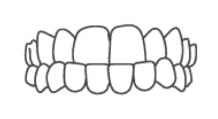
OTHER CASES
The cases we have described here are the most common, but many specific cases may present themselves for treatment. These include surgical cases (Cl2, Cl3, etc), or cases with extraction.
What are the steps of a Lingual treatment?
From the first appointment to the placement of the support thread, several steps are essential to the success of a Lingual by Issembert treatment. Here is a detailed description of how your treatment will proceed:
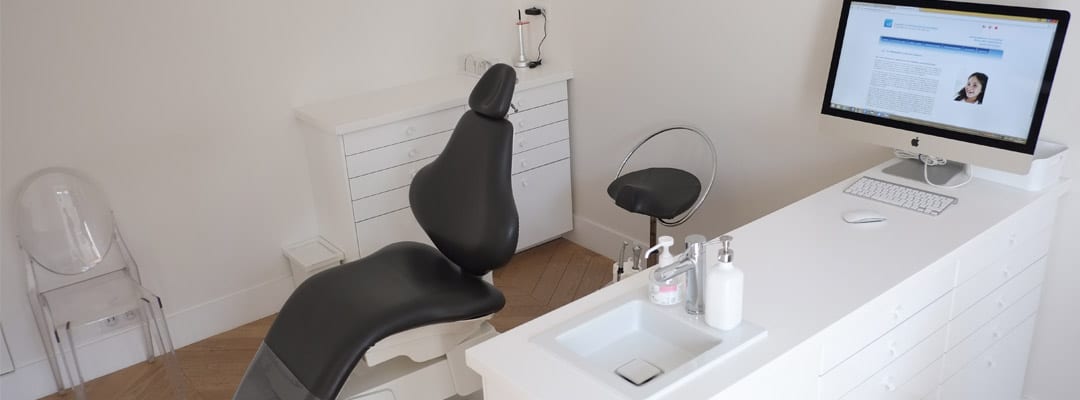
The First Consultation appointment
Dr. Issembert will first ask you what your reason for consultation is, as the treatment will vary depending on what the patient expects from his or her treatment. Then he will make a precise diagnosis, i.e. he will evaluate the situation. If, after this diagnosis, there is something that concerns him but that you did not verbalize at the time of your reason, he will then present it to you and explain it.
Classic example: you come in because your upper teeth are too far forward. The diagnosis reveals that you have a recessed lower jaw. After we tell you the diagnosis, you can tell us that you also want to correct the recessed jaw. If it is not something that bothers you, we will simply correct the tooth shift. But often patients also ask us to correct the chin position, which they did not ask us about initially because they did not know it was possible. Finally, the treatment plan is established and an appointment for impressions, photos and x-rays is scheduled. This can be done right after the consultation appointment.
The meeting of Empreintes, Photos and Radios
This is a 30-minute appointment during which we take a panoramic x-ray as well as a profile teleradiograph, photographs and impressions. This appointment lasts approximately 30 minutes, at a time of your choosing.
Laboratory Procedure
Dr. Issembert’s technician will cast the impressions and make two casts per arch. On one of the casts, the teeth will be cut out one by one, then placed on a wax-covered support and aligned in an ideal manner, according to the doctor’s recommendations. The doctor will then move the teeth to achieve the right result for the patient’s situation, taking into account the patient’s reason for visit, diagnosis and treatment plan. The technician will then take over and position the braces on each tooth following a protocol established by the doctor.

Placement of lingual braces
Between one and two weeks after the impression appointment, the braces are placed on your teeth using transfer trays. This procedure takes between one and a half and two hours. During this procedure, we will explain to you how the treatment works and the rules to follow to ensure that everything goes smoothly.
Treatment and finishes
As your treatment progresses, we schedule appointments at the office approximately every 4 to 8 weeks, depending on the treatment needs. During these appointments, a multitude of procedures can be performed: changing the sutures, placing invisible elastic chains, modifying the shape of the sutures, stripping… Once the result is obtained, at the end of the treatment, and in agreement with the patient, an appointment to remove the sutures and place the brace is scheduled.
Debulking and double retention, guaranteeing stable lingual treatment
At the end of the treatment, a debulking appointment is held, followed by the placement of the retainer, which will keep your teeth in position over time.
Dr. Issembert attaches great importance to the durability of the treatment, and does everything possible from the beginning to ensure that there is no orthodontic recurrence. This involves a series of movements to be performed or avoided during treatment, as well as the use of a double retainer: a retainer wire glued to the back of the teeth from canine to canine at the top and bottom, and a safety splint.
The wire must remain in place for life, and for this reason the treatment plan must foresee its position from the start, so that the occlusion does not jeopardize its hold. In addition, if the wire breaks, the retention trays, which should be tried regularly in the evening, provide a safety net to wear until the wire is repositioned in the office. This double retention is an essential guarantee of the good results of the treatment in the long term.
In addition, we recommend that our patients try their aligners every night for a few seconds. If the sensation is suddenly different from the previous evening, it could mean that the wire is damaged or broken, in which case it is advisable to wear the trays at night and make an appointment to have them refitted. On the day of the appointment, you will have to wear the trays at night and during the day until the appointment.
Lingual By Issember
to adults
Discretion
- It is a totally invisible treatment, the braces are positioned on the inner side of the teeth
Comfort
- Once the braces are on, they do not require any particular maintenance. You just have to respect the authorized food and have a perfect dental hygiene.
Lingual by Issembert for children and teenagers
Lingual rings, or mixed linguals, can be combined with early treatment appliances: circuit breaker or Herbst for example.
What are the recommendations for a Lingual treatment?
- Do not eat sticky or crunchy foods.
- Brush your teeth after every meal.
- Teeth may be sensitive to chewing for 3 days after the braces are placed. Do not hesitate to take paracetamol (Doliprane, Efferalgan…) in case of pain while respecting the indications on the instructions. In case of doubt, it is essential to ask our advice or that of your pharmacist.
- At the beginning of the treatment, small irritations due to the friction of the braces on the tongue may appear. You should not hesitate to apply orthodontic wax, which will be provided to you at the office, to the areas that are bothering you. This wax can be left in place during meals. There is no health risk if you accidentally swallow it. In general, after two weeks, the mucous membrane covering the cheeks and lips becomes more resistant and the wax is no longer necessary.




